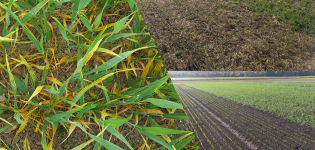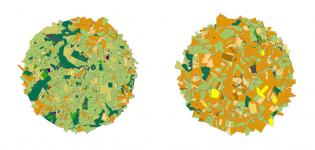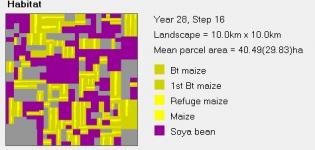Pests and their natural enemies are seldom restricted to a single field or habitat patch so that their population processes typically play-out over large areas of the farming landscape. As a result the landscape patterns of habitats and their management influence pest populations including weeds, microbes, and arthropods (natural enemy and pest species). This means that pest-suppressive landscapes could be designed as a part of a landscape scale or area-wide IPM strategy.



